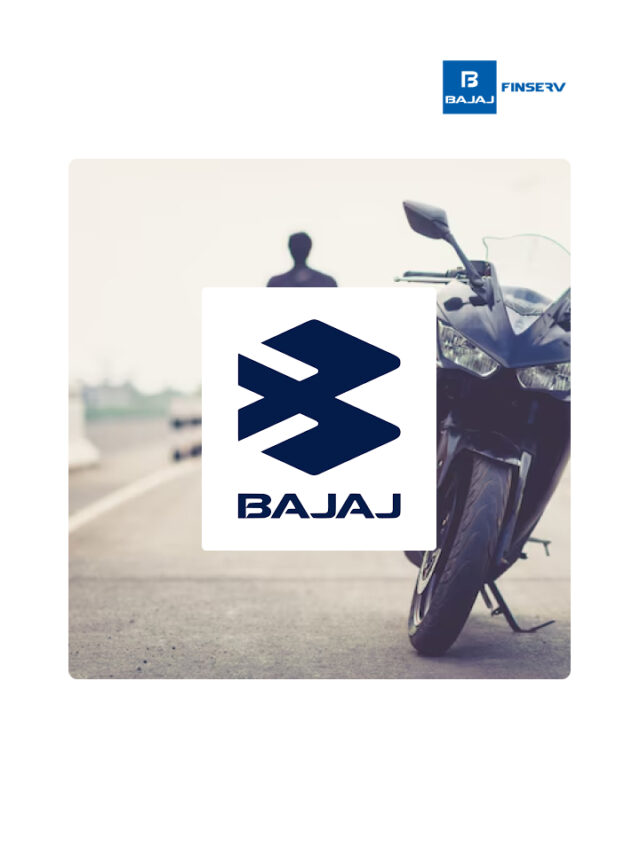IPO: The Ultimate Guide for Beginners – The IPO Show
Last Updated on January 23, 2024 by ethinos

There are many stories revolving around IPO investment, not least of which is that, once you invest, and the IPO gets listed, you may make a killing if the share price of the company rises. This is a reason why investors may get tempted to invest in an IPO, but it shouldn’t be the only one. Yes, once a company gets listed, its shares may rise, and investors may make profits quickly, but this may not always be the case. Before you take the plunge and think of IPO investment, there are key aspects to know about and consider.
Table of Content [hide]
What is an IPO?
IPO stands for Initial Public Offering. Essentially, this is a process via which a previously-held private company offers its shares to the public for purchase, for the very first time. Such an offering results in the transformation of a private company into a public company. After the process is completed, the company is listed on the stock exchange. Once a company goes public, anyone can invest in its shares through the exchange. In this way, anyone can become a shareholder of a particular company.
How Does an IPO Work?
A company that is a private company may offer an IPO for various reasons. It may want to raise capital for growth and expansion, or some of its private investors may want to pull out of investment. Typically, companies wish to get listed as they view their prospects as positive, potentially leading to growth, and get listed due to this, although some companies offer IPOs to pay off debts.
An IPO issue is offered through an application process and is available for investors to buy shares for a limited period, say, a few days. Investors must fill in an IPO subscription and submit the same on their stockbroker’s platform, along with payment for the number of shares investors opt to own. Although investors may desire the allotment of a certain amount of shares of a company, they may not be allotted them. In some cases, there may be no allotment at all. In case shares are not allotted, the applicants/investors’ funds are credited to their bank accounts.
An IPO gives investors an opportunity to buy a large number of shares of a new and upcoming company in bulk. It also presents the chance for investors to grow their wealth along with the prospective growth of the company in question.
Additional Read: Upcoming IPO in December 2023
Types of IPOs
While issuing IPOs, investors should know about the types of IPOs offered. These are explained below:
- Fixed Price Issue
In this kind of IPO, the company issuing the IPO determines the price of the IPO shares in advance. Investors are informed about this and can make decisions accordingly.
- Book Building Issue
The company determines the price of shares by deciding on a price band or range. According to the IPO demand, the price is then set by the company.
The Launch of an IPO – How it is Done
There are key steps involved in the launch of an IPO. These are featured below:
- Consultations and Preparations
A company that wishes to launch an IPO takes the first step to collaborate and partner with an investment bank for the IPO process. Legal advisors are also consulted to decide on the IPO’s feasibility. These professionals aid companies in deciding on the company market value and the potential size of the issue.
- The Creation of the DRHP
In the next step, after deciding that the IPO is feasible, the Draft Red Herring Prospectus (DRHP) has to be prepared. This is filed with the Securities and Exchange Board of India (SEBI). The DRHP is a vital document with detailed data and information about every aspect of the company from its operations and business model to its financial health. It also acts as a blueprint that chalks out the company’s plans for the future.
- Approvals
SEBI evaluates the DRHP and makes any suggestions if applicable and then approves the document after the company has incorporated SEBI’s recommendations. Then the company polishes the DRHP and creates a final Red Herring Prospectus (RHP). This has information about the size of the issue.
- Price Bands
Now, the company and its consultants decide on the price of the IPO. The IPO is then launched and investors may apply.
IPO Investment – Research and Invest
Different kinds of investors may invest in an IPO. These include retail investors (individuals and laypeople), institutional investors, anchor investors, or high-net-worth investors. Nonetheless, the process of investing in an IPO has become easy and all you need is a Demat account, or even a UPI ID, to invest. You can invest online via a trading app, choose the IPO you want and apply. You may select the lots/amounts of shares you want to be allotted and then fill in your UPI ID. This means that funds in your account will be blocked till the share allotment is completed. In case you are not allotted shares, your funds will be released. If you are allotted shares, these will be credited directly into your Demat account.
Disclaimer: Investments in the securities market are subject to market risk, read all related documents carefully before investing.
This content is for educational purposes only.










